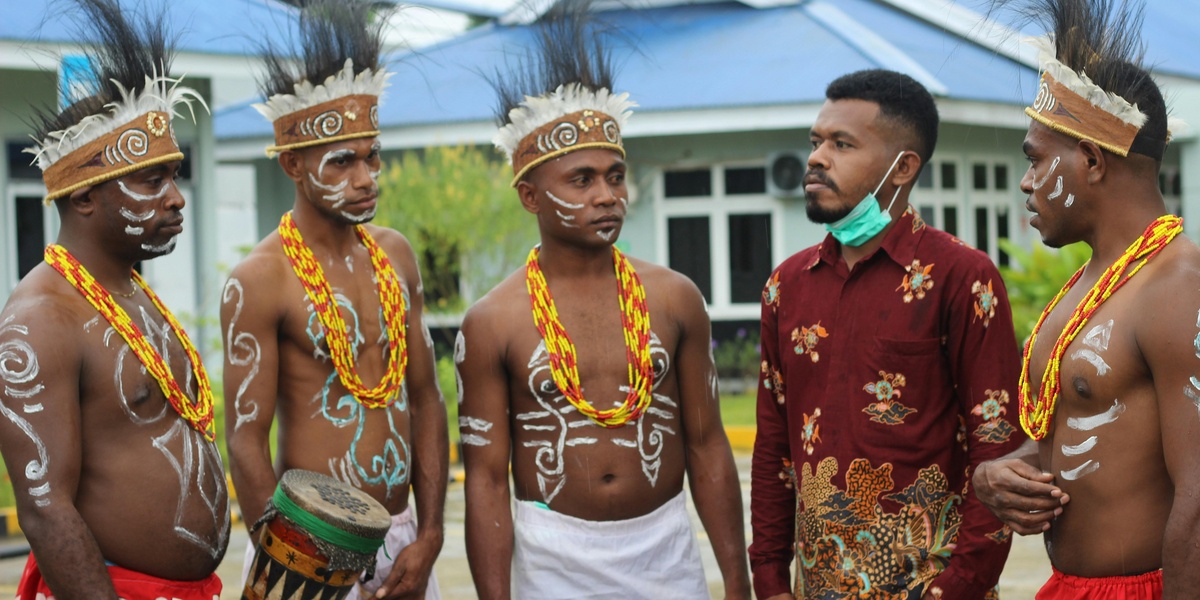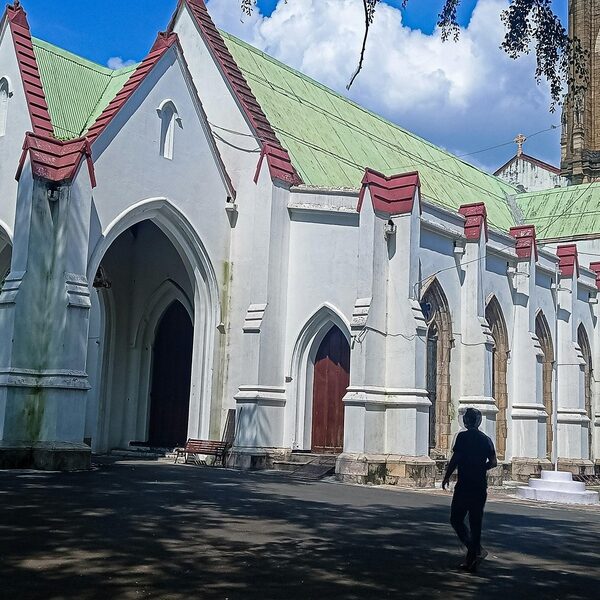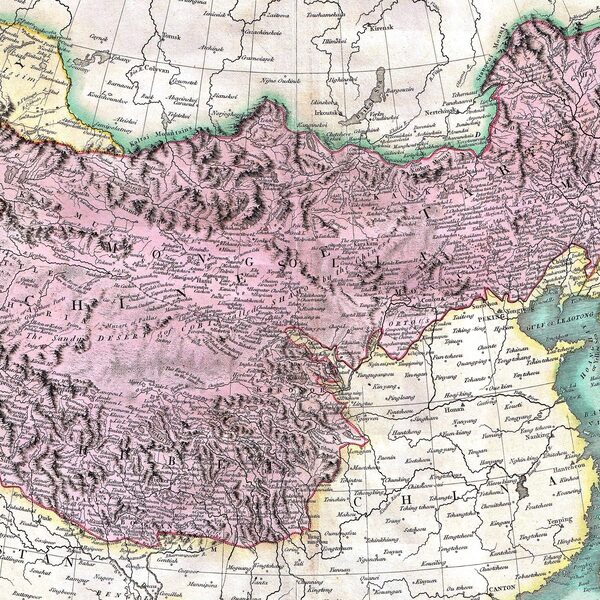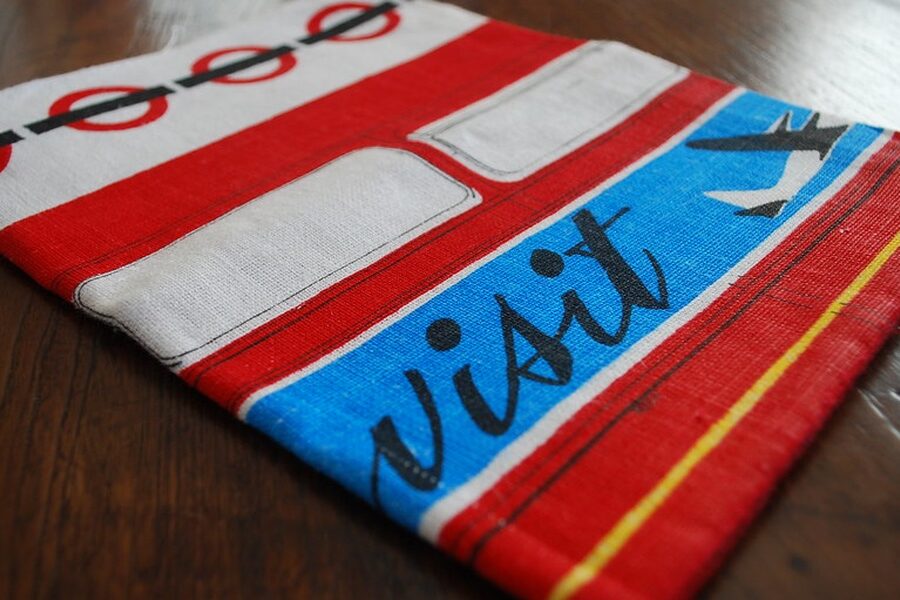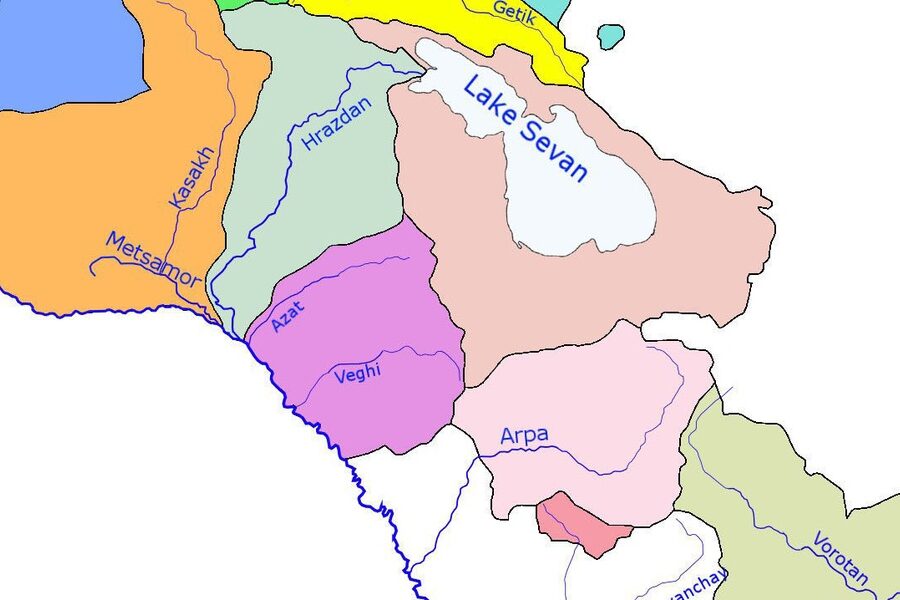The Solomon Islands, a mesmerizing archipelago nestled in the heart of the South Pacific, is renowned not only for its pristine natural beauty but also for its extraordinary cultural and linguistic richness. This vibrant nation stands as a true mosaic of traditions and dialects, with each spoken word echoing centuries of unique island histories and community identities.
Delving into this profound heritage, you’ll find a remarkable linguistic landscape. This comprehensive list presents 66 Indigenous Languages in Solomon Islands, spanning from the widely spoken ‘Are’are to the distinct Äiwoo. For each entry, you’ll find below details organized by its Language Family, Primary Region, and estimated Speakers, offering a clear overview of their distribution and vitality.
Why are there so many Indigenous Languages in the Solomon Islands?
The Solomon Islands’ exceptionally high linguistic diversity is primarily attributed to its geography, consisting of numerous isolated islands, valleys, and coastal communities. This physical separation historically limited extensive inter-community contact, allowing distinct languages to develop and flourish independently over centuries. Diverse migration patterns and varying cultural groups further contributed to this rich tapestry of dialects across the archipelago.
Are all Indigenous Languages in the Solomon Islands still actively spoken?
While many indigenous languages in the Solomon Islands remain vibrant and actively used by their respective communities, some face varying degrees of endangerment. Factors such as population shifts, the increasing influence of larger regional languages like Pijin, and changing educational priorities can contribute to a decline in use. Nonetheless, dedicated efforts by local communities and language preservationists are ongoing to document, revitalize, and ensure the continued survival of these vital cultural assets.
Indigenous Languages in Solomon Islands
| Language Name | Language Family | Primary Region | Speakers (est.) |
|---|---|---|---|
| Kwara’ae | Austronesian (Oceanic) | Malaita | 32,000 |
| ‘Are’are | Austronesian (Oceanic) | Malaita | 18,000 |
| Roviana | Austronesian (Oceanic) | New Georgia, Western Province | 16,000 |
| Lau | Austronesian (Oceanic) | Malaita | 14,500 |
| To’abaita | Austronesian (Oceanic) | Malaita | 12,600 |
| Sa’a | Austronesian (Oceanic) | Malaita, Small Malaita | 11,500 |
| Cheke Holo | Austronesian (Oceanic) | Santa Isabel | 10,800 |
| Bilua | Papuan (Central Solomonic) | Vella Lavella, Western Province | 8,700 |
| Kwaio | Austronesian (Oceanic) | Malaita | 7,700 |
| Ghari | Austronesian (Oceanic) | Guadalcanal | 7,000 |
| Marovo | Austronesian (Oceanic) | New Georgia, Western Province | 6,800 |
| Fataleka | Austronesian (Oceanic) | Malaita | 6,700 |
| Baeggu | Austronesian (Oceanic) | Malaita | 5,900 |
| Langalanga | Austronesian (Oceanic) | Malaita | 4,000 |
| Luangiua | Austronesian (Polynesian) | Ontong Java Atoll | 2,400 |
| Tikopian | Austronesian (Polynesian) | Tikopia, Temotu Province | 2,300 |
| Sikaiana | Austronesian (Polynesian) | Sikaiana Atoll | 2,100 |
| Savosavo | Papuan (Central Solomonic) | Savo | 2,000 |
| Lavukaleve | Papuan (Central Solomonic) | Russell Islands, Central Province | 1,800 |
| Rennellese-Bellonese | Austronesian (Polynesian) | Rennell and Bellona | 1,800 |
| Äiwoo | Austronesian (Oceanic) | Reef Islands, Temotu Province | 1,600 |
| Arosi | Austronesian (Oceanic) | Makira | 1,500 |
| Longgu | Austronesian (Oceanic) | Guadalcanal | 1,500 |
| Talise | Austronesian (Oceanic) | Guadalcanal | 1,400 |
| Baelelea | Austronesian (Oceanic) | Malaita | 1,300 |
| Varisi | Austronesian (Oceanic) | Choiseul | 1,300 |
| Bauro | Austronesian (Oceanic) | Makira | 1,200 |
| Touo | Papuan (Central Solomonic) | Rendova Island, Western Province | 1,000 |
| Mono-Alu | Austronesian (Oceanic) | Shortland Islands, Treasury Islands | 1,000 |
| Hoava | Austronesian (Oceanic) | New Georgia, Western Province | 980 |
| Zabana | Austronesian (Oceanic) | Santa Isabel | 950 |
| Vaghua | Austronesian (Oceanic) | Choiseul | 900 |
| Kahua | Austronesian (Oceanic) | Makira | 800 |
| Blablanga | Austronesian (Oceanic) | Santa Isabel | 750 |
| Kokota | Austronesian (Oceanic) | Santa Isabel | 700 |
| Lengo | Austronesian (Oceanic) | Guadalcanal | 600 |
| Anutan | Austronesian (Polynesian) | Anuta, Temotu Province | 500 |
| Babantana | Austronesian (Oceanic) | Choiseul | 500 |
| Gao | Austronesian (Oceanic) | Santa Isabel | 500 |
| Pileni | Austronesian (Polynesian) | Reef Islands, Temotu Province | 500 |
| Duke | Austronesian (Oceanic) | Kolombangara, Western Province | 450 |
| Senga | Austronesian (Oceanic) | Choiseul | 400 |
| Simbo | Austronesian (Oceanic) | Simbo, Western Province | 350 |
| Natügu | Austronesian (Oceanic) | Santa Cruz Island, Temotu Province | 300 |
| Kusaghe | Austronesian (Oceanic) | New Georgia, Western Province | 250 |
| Vangunu | Austronesian (Oceanic) | Vangunu, Western Province | 220 |
| Dori’o | Austronesian (Oceanic) | Malaita | 200 |
| Teanu | Austronesian (Oceanic) | Vanikoro, Temotu Province | 150 |
| Lungga | Austronesian (Oceanic) | Ranongga, Western Province | 140 |
| Ghanongga | Austronesian (Oceanic) | Ranongga, Western Province | 120 |
| Owa | Austronesian (Oceanic) | Makira, Santa Anna, Santa Catalina | 100 |
| Ughele | Austronesian (Oceanic) | Rendova, Western Province | 100 |
| Nanggu | Austronesian (Oceanic) | Santa Cruz Island, Temotu Province | 80 |
| Fagani | Austronesian (Oceanic) | Makira | 70 |
| Zazao | Austronesian (Oceanic) | Santa Isabel | 40 |
| Birao | Austronesian (Oceanic) | Guadalcanal | 30 |
| Tanema | Austronesian (Oceanic) | Vanikoro, Temotu Province | <5 |
| Lovono | Austronesian (Oceanic) | Vanikoro, Temotu Province | <5 |
| Tanimbili | Austronesian (Oceanic) | Utupua, Temotu Province | <5 |
| Amba | Austronesian (Oceanic) | Utupua, Temotu Province | Dormant |
| Asumboa | Austronesian (Oceanic) | Utupua, Temotu Province | Dormant |
| Laghu | Austronesian (Oceanic) | Santa Isabel | Extinct |
| Kazukuru | Papuan (isolate) | New Georgia, Western Province | Extinct |
| Oroha | Austronesian (Oceanic) | Malaita | Extinct |
| Ririo | Austronesian (Oceanic) | Choiseul | Extinct |
| Uki Ni Masi | Austronesian (Oceanic) | Uki Ni Masi, Makira-Ulawa | Extinct |
Images and Descriptions
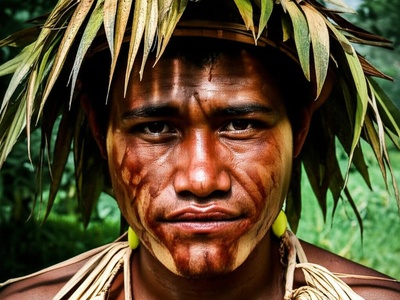
Kwara’ae
One of the most populous indigenous languages in the Solomon Islands. It is central to the culture of central Malaita and is known for its vibrant oral traditions, including intricate genealogies and epic stories passed down through generations.
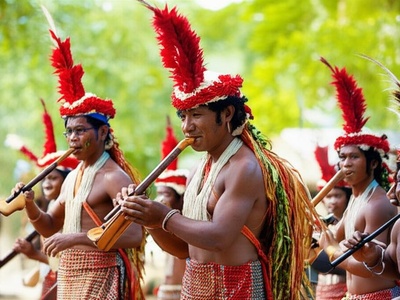
‘Are’are
Spoken in southern Malaita, this language is famous for its unique musical culture, particularly its complex bamboo panpipe ensembles. ‘Are’are culture places a high value on oratory skill and detailed historical narratives.
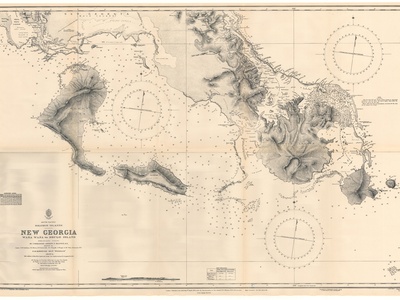
Roviana
Historically a powerful trade and raiding language in the Western Province. While its use as a lingua franca has declined, it remains a vital part of the cultural identity for the Roviana people of New Georgia.
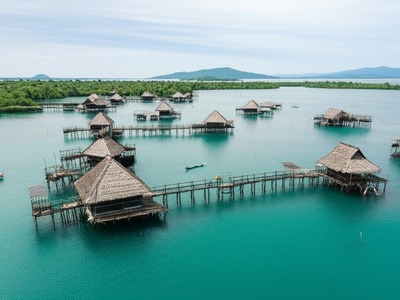
Lau
Spoken by people living on artificial islands built on the Lau Lagoon in northeastern Malaita. The language is intricately tied to a maritime lifestyle, with a rich vocabulary related to fishing, seafaring, and the lagoon environment.
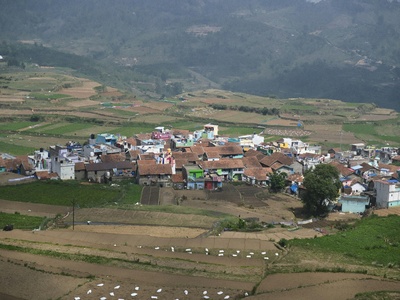
To’abaita
A major language of northern Malaita, closely related to its neighbors like Baelelea and Baeggu. It is a vibrant language used in all aspects of daily life, from the market to traditional ceremonies and storytelling.
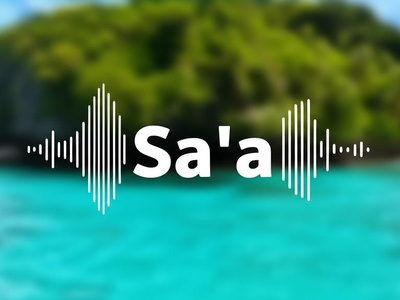
Sa’a
Also known as South Malaitan, this language is spoken on the southern tip of Malaita and nearby small islands. It was influential in early linguistic studies of the region and remains a strong marker of local identity.
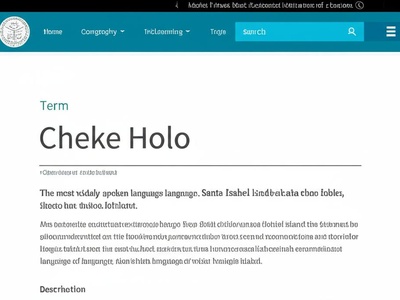
Cheke Holo
The most widely spoken language on Santa Isabel island, also known as Maringe. It serves as a language of wider communication in the central part of the island and is used in local schools and churches.
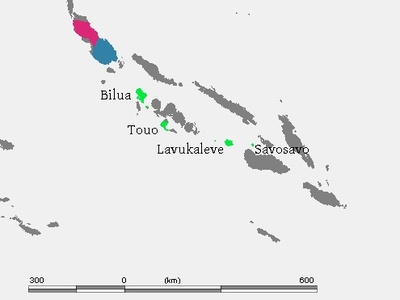
Bilua
A fascinating non-Austronesian language surrounded by Austronesian neighbors. It represents an ancient linguistic stratum in the islands, offering a window into the region’s deep history before the Austronesian expansion.
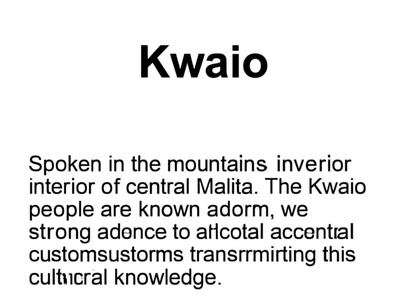
Kwaio
Spoken in the mountainous interior of central Malaita. The Kwaio people are known for their strong adherence to ancestral customs, and their language is essential for transmitting this complex cultural and religious knowledge.
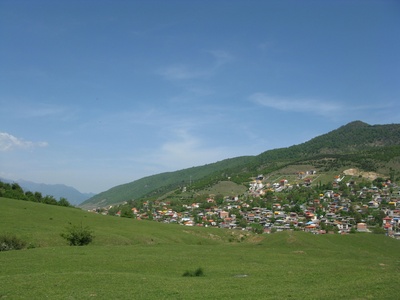
Ghari
The most prominent indigenous language of western Guadalcanal. It is part of a dialect chain on the island and holds a rich repository of oral histories about clan migrations and the island’s past.
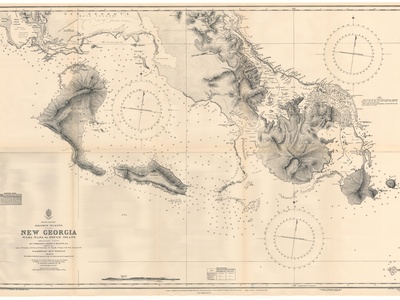
Marovo
Spoken in the stunning Marovo Lagoon, a proposed World Heritage Site. The language is famous for its intricate vocabulary related to the rich marine biodiversity of the lagoon, reflecting the speakers’ deep ecological knowledge.

Fataleka
A language of north-central Malaita, closely related to Kwara’ae and To’abaita. It is vigorously spoken in its home region and is central to the social and spiritual life of the Fataleka people.
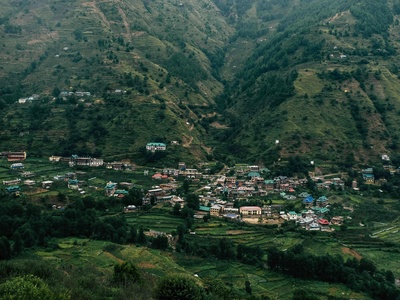
Baeggu
Spoken in the northern hills of Malaita, Baeggu is part of the North Malaitan language family. Its speakers maintain strong traditions of subsistence farming and community living, with the language as the primary medium of daily life.

Langalanga
Like the Lau, the Langalanga people traditionally live on artificial islands in a lagoon. Their language is vital for their identity, particularly in the context of their historical role as makers of shell money.
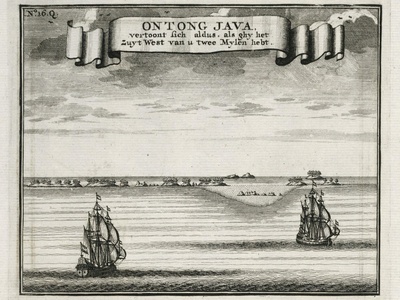
Luangiua
A Polynesian Outlier language spoken on the remote Ontong Java Atoll. Its vocabulary and grammar show clear connections to other Polynesian languages like Samoan and Tuvaluan, despite its geographic isolation in Melanesia.
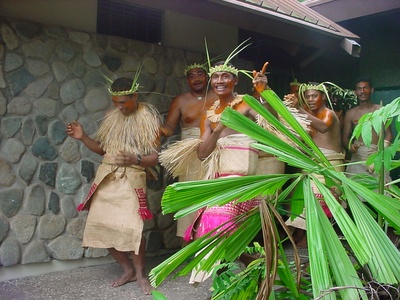
Tikopian
A Polynesian Outlier spoken on the small, isolated island of Tikopia. The language is integral to the island’s unique and densely structured social system, which has been extensively studied by anthropologists.
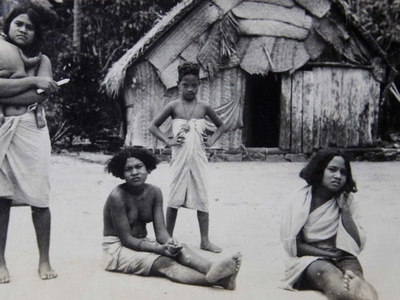
Sikaiana
Another Polynesian Outlier language from the remote Sikaiana Atoll (Stewart Islands). The community maintains strong cultural traditions, and the language is a critical part of their distinct Polynesian identity within the Solomon Islands.
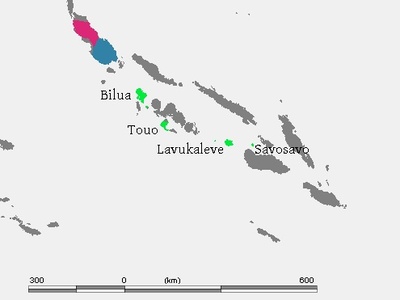
Savosavo
A unique Papuan language spoken on the volcanic island of Savo. It is unrelated to its Austronesian neighbors on Guadalcanal and the Florida Islands, making it a language of great interest for understanding the region’s linguistic prehistory.
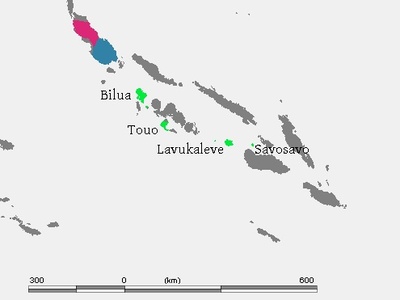
Lavukaleve
This Papuan language of the Russell Islands is notable for its complex gender system, which includes separate grammatical forms for speaking to men versus women. It is a linguistic isolate, unrelated to its neighbors.

Rennellese-Bellonese
A Polynesian Outlier spoken on the two islands of Rennell and Bellona. Also known as Mungiki (Rennell) and Mungaba (Bellona), it is closely related to other West Polynesian languages and is central to the islands’ identity.

Äiwoo
The main language of the Reef Islands, formerly classified as Papuan but now considered a unique branch of Oceanic. It has a very complex sound system and grammar, reflecting a deep and distinct history in Temotu Province.
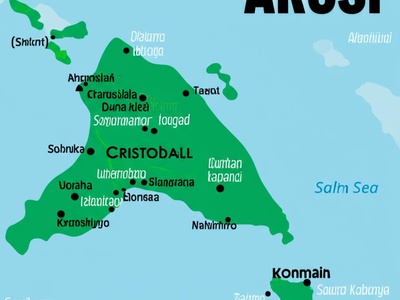
Arosi
Spoken on the northwestern part of Makira (San Cristobal) island. It has a rich tradition of oral literature, including myths and legends that explain the origins of local clans and the features of the landscape.
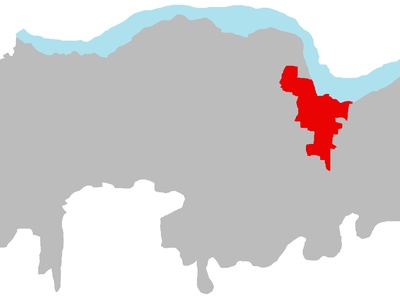
Longgu
A language of the eastern coast of Guadalcanal. It is known for its conservative linguistic features, which have provided linguists with important clues about the historical development of languages in the Southeast Solomons.
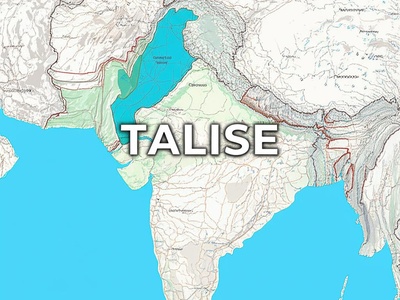
Talise
Spoken along the south coast of Guadalcanal, this language belongs to the Southeast Solomonic family. Its speakers are skilled seafarers and gardeners, and their language contains detailed knowledge about the local environment.
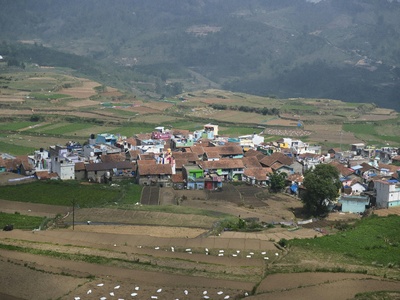
Baelelea
One of the North Malaitan languages, spoken in a region known for its strong cultural traditions. The language is robustly used in daily village life and is closely related to its neighbor, To’abaita.
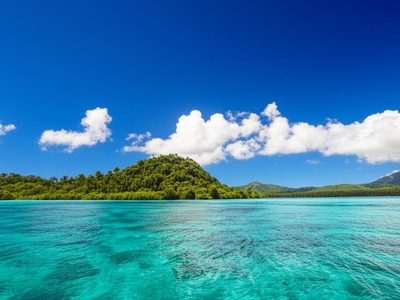
Varisi
A language of the western part of Choiseul Island. Like other languages on the island, it is part of the Northwest Solomonic group and is a key marker of identity for its speakers.
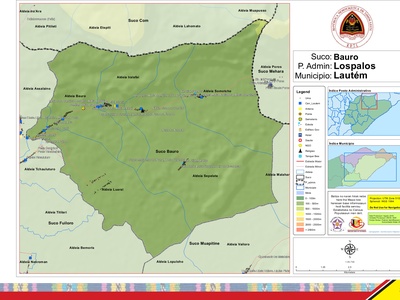
Bauro
Spoken in the central part of Makira island, it is part of the San Cristobal language family. The language is used in everyday life and is a vehicle for local stories, songs, and cultural knowledge.
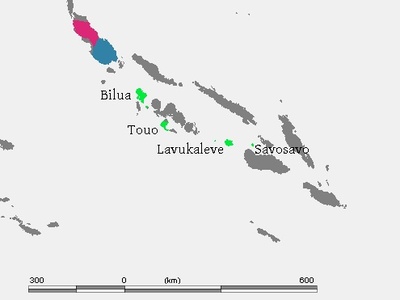
Touo
Also known as Baniata, this is the southernmost Papuan language in the Solomon Islands. Spoken on Rendova Island, it is a linguistic island in a sea of Austronesian languages, showcasing the area’s complex settlement history.
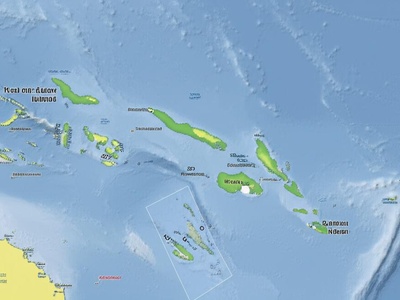
Mono-Alu
Spoken in the far west of the Solomon Islands, near the border with Papua New Guinea. The language is used on Mono (Treasury) and Alu (Shortland) islands and reflects a long history of trade and interaction in the region.

Hoava
A language spoken on the northern coast of New Georgia island. It is closely related to Roviana and Marovo but maintains its own distinct identity and cultural sphere, particularly in its oral traditions.
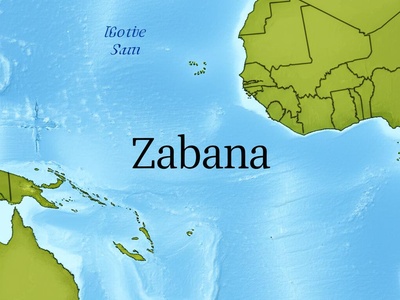
Zabana
Spoken on the western end of Santa Isabel island. While geographically on Santa Isabel, it is linguistically more closely related to the languages of the Western Province, like those on Choiseul.

Vaghua
Also known as Tavula, it is one of the four main languages spoken on Choiseul Island. It is an important part of the cultural mosaic of the island, with its own unique stories and traditions.
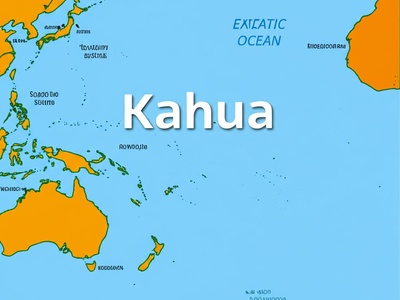
Kahua
Spoken on the southern coast of Makira, it is one of the smaller languages of the island. It is part of the Makira-Ulawa language family and faces pressure from larger neighboring languages.
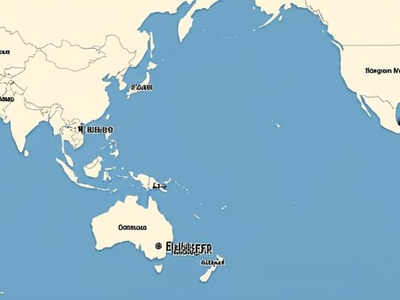
Blablanga
A language spoken in the south of Santa Isabel, in the villages of Popoheo and Hovukoilo. It is endangered, with the younger generation increasingly shifting to the more dominant Cheke Holo.

Kokota
Spoken in three villages on the north coast of Santa Isabel. The language is notable for its use of dual pronouns (for two people) and has been the subject of language documentation efforts due to its small speaker base.
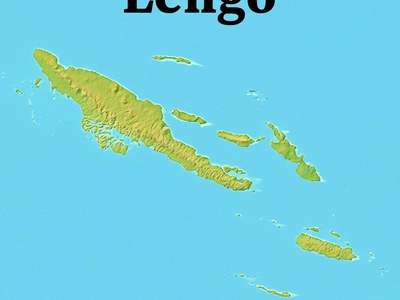
Lengo
Spoken on the northern coast of Guadalcanal, east of the capital Honiara. The language is under pressure from the spread of Solomon Islands Pijin, but it remains an important symbol of identity for the Lengo people.
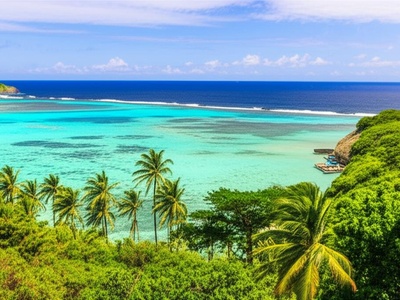
Anutan
The Polynesian Outlier language of the tiny, remote island of Anuta. The language is vibrant on the island and is closely tied to the highly communal and traditional lifestyle of its people.
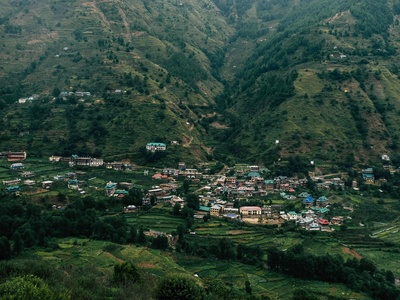
Babantana
Spoken on the eastern coast of Choiseul Island. It is the easternmost of the Choiseul languages and serves as a vital tool for community cohesion and the transmission of cultural practices.

Gao
Spoken in a small inland area of Santa Isabel. Like other minority languages on the island, Gao is endangered, with speakers shifting to the larger languages of Cheke Holo and Zabana.
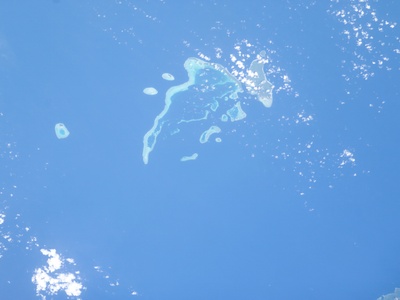
Pileni
A Polynesian Outlier language spoken in the Reef Islands, oddly surrounded by the non-Polynesian language Äiwoo. This linguistic situation reflects complex migration patterns in the history of the Pacific.

Duke
Spoken on Kolombangara Island, this language is part of the New Georgia language group. It is closely related to Roviana but maintains distinct features and serves the local communities of the island.
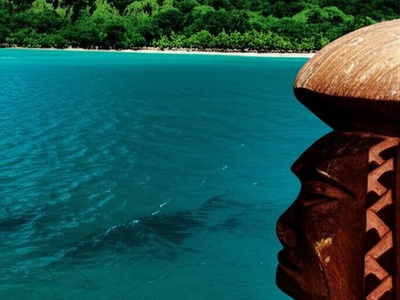
Senga
One of the smaller languages of Choiseul, spoken in the island’s interior. It is under pressure from its larger neighbors, but it is a carrier of local identity and history for its community.
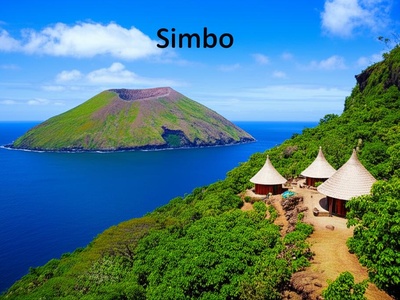
Simbo
The language of Simbo Island, also known as Eddystone Island. The language is intertwined with the island’s unique culture, which historically included distinct burial practices and beliefs related to the local volcanoes.
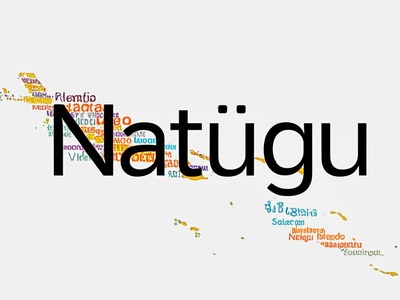
Natügu
One of the three indigenous languages of the Reefs-Santa Cruz family spoken on the main island of Nendö (Santa Cruz). It is linguistically unique and faces pressure from Solomon Islands Pijin.
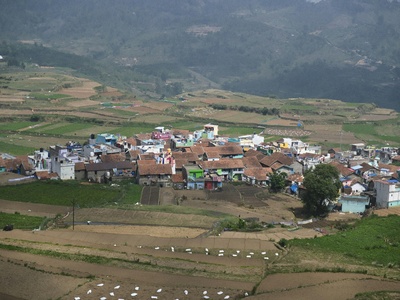
Kusaghe
A language of North New Georgia, part of the diverse linguistic landscape of the island. With a small speaker population, it is considered endangered, though it is still used in daily village life.
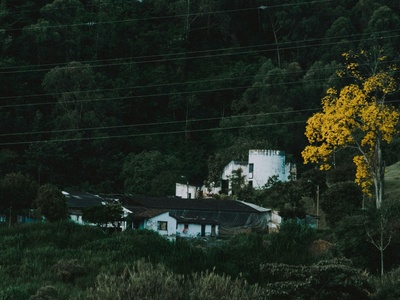
Vangunu
Spoken on Vangunu Island, this language is very closely related to Marovo. Some linguists consider it a dialect of Marovo, but its speakers regard it as a distinct language tied to their island home.

Dori’o
A small language of Malaita, spoken south of the Kwaio region. It is under-documented and endangered, representing a piece of the island’s immense but fragile linguistic diversity.
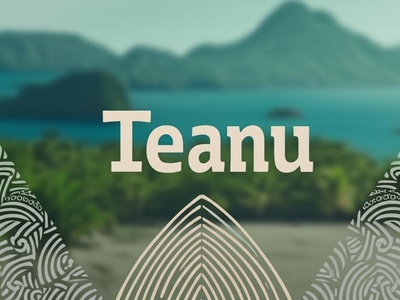
Teanu
The most widely spoken of the three indigenous languages of the island of Vanikoro. The languages of Vanikoro form their own subgroup of Oceanic and are all highly endangered.

Lungga
The language of Ranongga Island in the Western Province. It is closely related to the language of nearby Simbo Island but is a distinct language central to Ranongga’s identity.
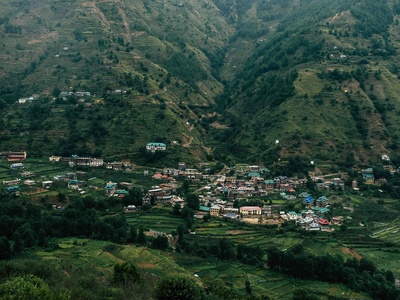
Ghanongga
Also spoken on Ranongga Island, this is a distinct but related language to Lungga. The presence of two separate indigenous languages on one small island highlights the hyper-diversity of the Solomon Islands.
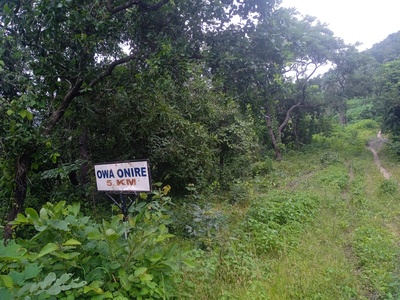
Owa
Spoken on the islands of Santa Anna and Santa Catalina, just off the coast of Makira. The people are renowned for their artistic traditions, including intricate carvings and ceremonial bowls, with the language preserving this cultural knowledge.

Ughele
Spoken on the northern end of Rendova Island. This Austronesian language is a neighbor to the Papuan language Touo, showcasing the linguistic complexity of a single small island.
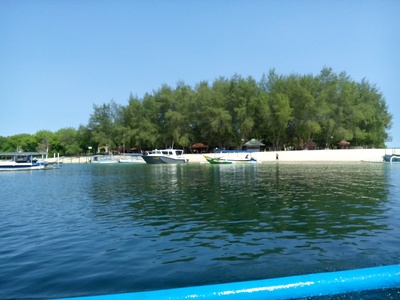
Nanggu
Also known as Engdewu, this is one of the three highly distinct Reefs-Santa Cruz languages on Santa Cruz Island. It is critically endangered, with very few fluent speakers remaining.
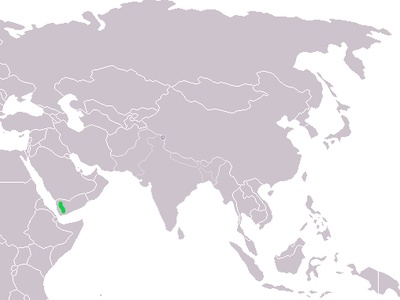
Fagani
A critically endangered language on the north coast of Makira. It is surrounded by larger languages like Arosi and Bauro, and its vocabulary and grammar are now only known by a handful of elders.

Zazao
A highly endangered language of Santa Isabel. Its speakers are shifting to the more dominant Cheke Holo, and the language is unlikely to survive without urgent revitalization efforts.
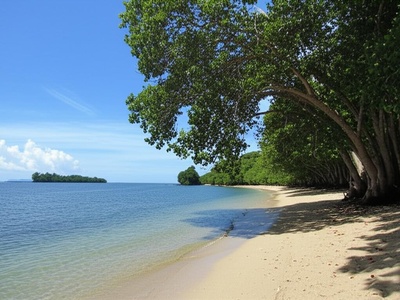
Birao
A critically endangered language spoken in a few villages on the east coast of Guadalcanal. It is poorly documented, and its loss would represent a permanent gap in understanding the island’s linguistic heritage.

Tanema
One of the world’s most endangered languages, with only one or two elderly speakers left on Vanikoro. Linguists have worked to document Tanema before it vanishes completely, a stark example of language loss.
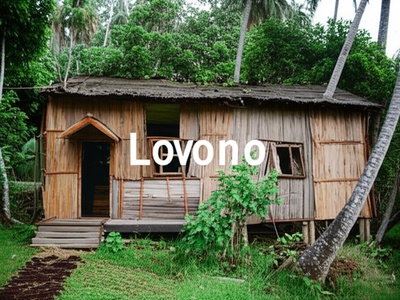
Lovono
Also known as Vano, this is another critically endangered language of Vanikoro. It is now remembered by only a few individuals, having been replaced by the slightly more dominant Teanu and Pijin.
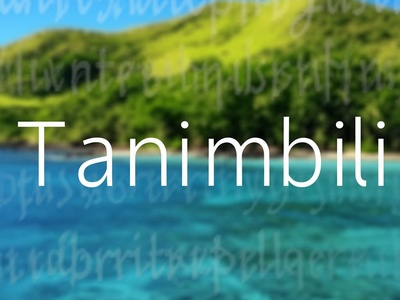
Tanimbili
A critically endangered language of Utupua Island, neighboring Vanikoro. It has almost no fluent speakers left, representing one of three distinct languages on a single small island, all of which are on the brink of extinction.

Amba
Also known as Nembao, this was the most widely spoken of the three languages of Utupua. While there are still ethnic Amba people, active use of the language has ceased, and it is now considered dormant.
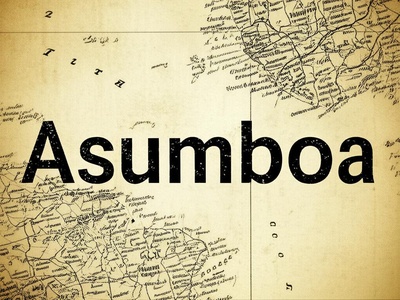
Asumboa
The second of Utupua’s three languages. It has not been spoken fluently for years and is now considered dormant or extinct. Its loss contributes to the dramatic decline of linguistic diversity in Temotu Province.
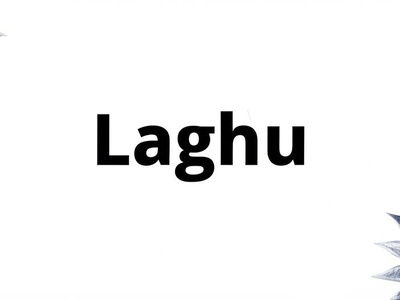
Laghu
An extinct language from the Kia district of Santa Isabel. The last known speaker died in 1984. Vocabulary lists collected by linguists are all that remain of this unique language.
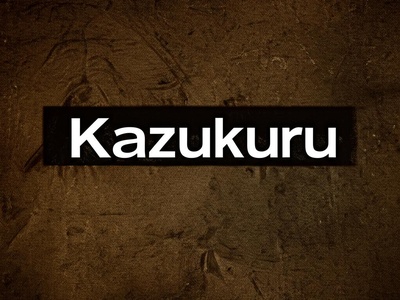
Kazukuru
An extinct Papuan language once spoken in the interior of New Georgia. Its people were assimilated by neighboring Austronesian groups, but its existence is a reminder of the island’s even more complex linguistic past.
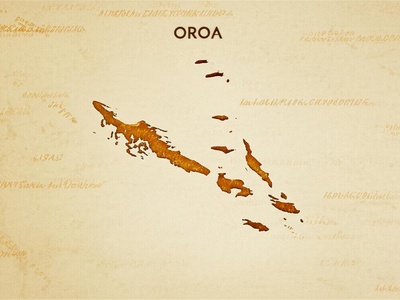
Oroha
A language formerly spoken on the southern tip of Malaita. It was closely related to Sa’a but disappeared in the 20th century as its speakers assimilated into the larger Sa’a-speaking community.
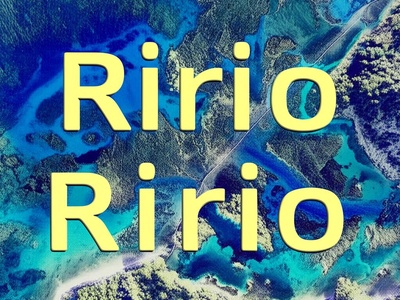
Ririo
An extinct language from the west coast of Choiseul. Little is known about Ririo, but its disappearance highlights the language pressures that have long existed in this incredibly diverse region.

Uki Ni Masi
The language of Uki Ni Masi island, also known as Ugi. It has been extinct since the early 20th century, with its speakers having shifted to the related Arosi language from the neighboring mainland of Makira.

